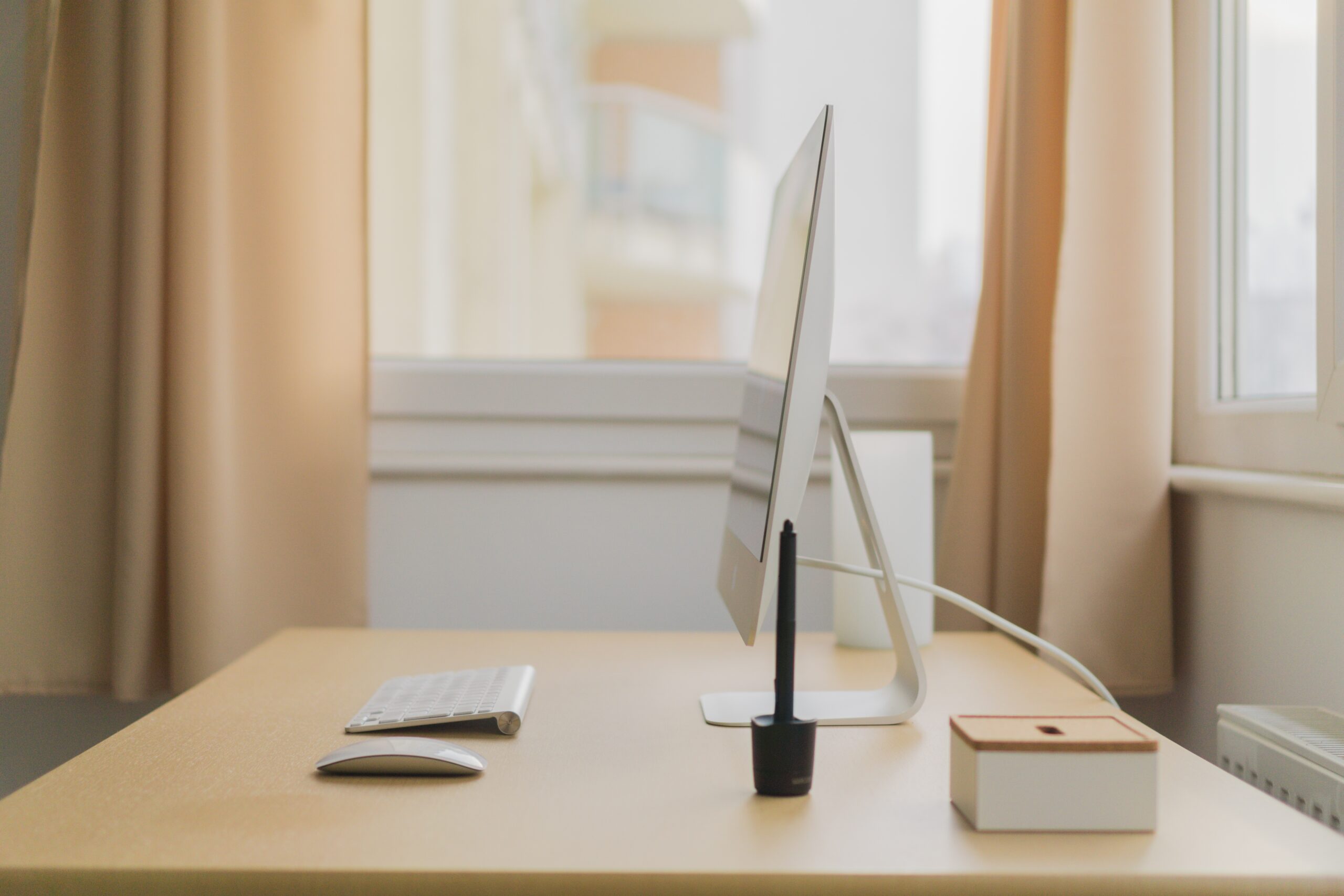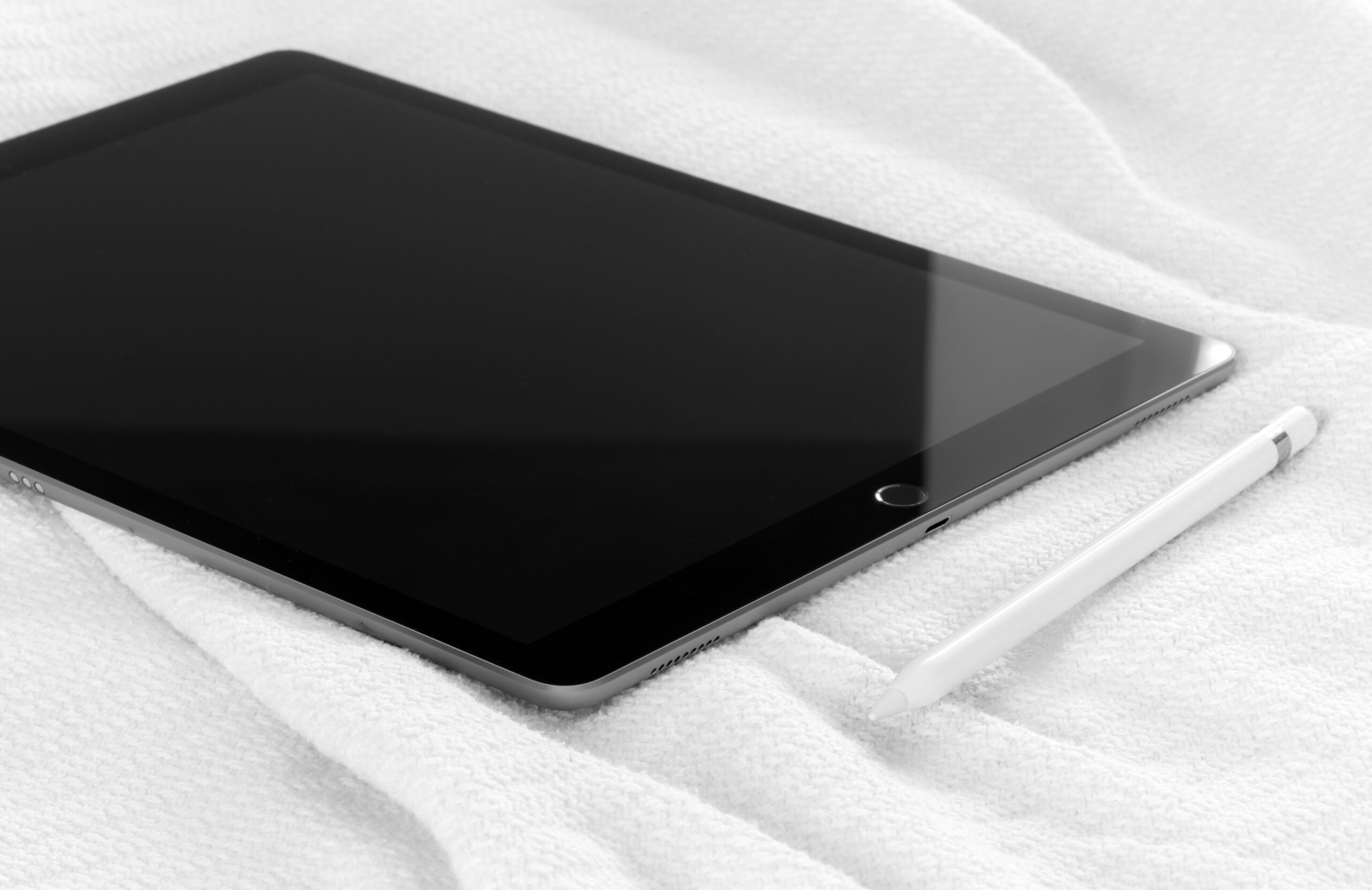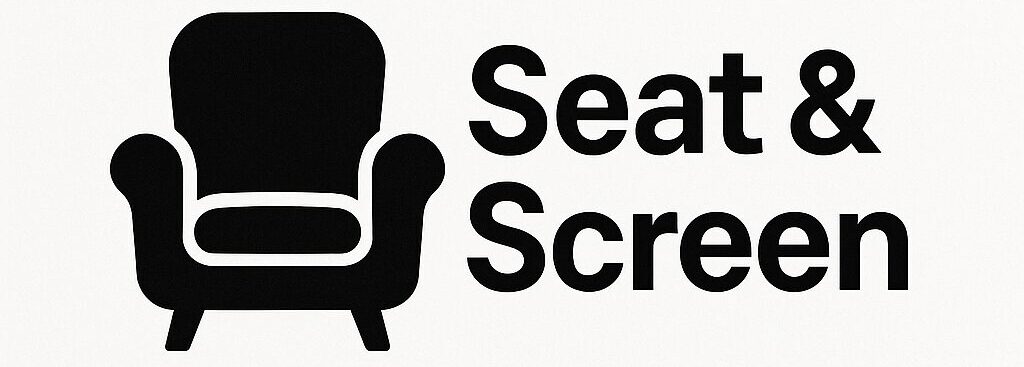Choosing the correct whiteboard may seem like a straightforward task, but with various models, sizes, and features available in the market, the process can be overwhelming. Whiteboards are essential tools in various settings such as offices, schools, homes, and more. Whether you need it for planning your weekly schedule at home, teaching in a classroom, or brainstorming at the workplace, having the right whiteboard can make all the difference in achieving smooth communication and effective learning.
The first step in choosing the right whiteboard lies in understanding your specific needs. Different uses call for different whiteboards. For instance, if you’re a teacher who frequently needs to erase and rewrite on the board, a porcelain enamel model that resists staining and ghosting might be best. Conversely, if you need a board to jot down thoughts and ideas in a home office, a smaller, melamine-based whiteboard could be a cost-effective choice.
It’s not just the material of the whiteboard that matters, but also the size. Selecting the right size ensures that everyone in the room can clearly see what’s written on the board. For classrooms or large conference rooms, a larger board would be appropriate. However, for personal use or smaller meeting rooms, a smaller, more compact whiteboard should suffice.

In addition to size, the orientation of the whiteboard is also important. Depending on the space available and the purpose, you can pick between a vertical or horizontal whiteboard. While vertical boards are great for listing things down, horizontal ones are ideal for elaborating on ideas or brainstorming.
Another feature to consider when choosing a whiteboard is its mobility. If you need to move the whiteboard from one place to another, a mobile whiteboard with wheels would be the best choice. Freestanding, reversible whiteboards provide twice the writing surface and versatility, making them suitable for brainstorming or teaching a variety of subjects.
Durability is another crucial aspect to consider since the longevity of a whiteboard depends on the quality of its surface. Porcelain whiteboards are resistant to scratches and dents, and they can withstand heavy use without degrading over time. On the other hand, melamine boards are less expensive but are not as durable as their porcelain counterparts. If durability is not a primary concern, and you need a whiteboard for casual use, a melamine board can be a good choice.
Even the color of the whiteboard can influence its effectiveness. Typically, whiteboards come in two colors: white and green. While both can be used for writing and displaying information, the choice between the two often comes down to personal preference. Some find that the contrast between marker and board is greater on white boards, making them easier to read from a distance. However, green boards can reduce glare, which some users find preferable.

A whiteboard is not complete without accessories. Some whiteboards come with marker trays, erasers, and markers. Look for one that has a sturdy accessory tray if you want to keep your writing tools close at hand. You should also consider if the markers that come along are non-toxic, especially if you’ll be using the board in a room with little ventilation.
Lastly, consider the price of the whiteboard. While it’s tempting to opt for the least expensive model, keep in mind that price often reflects quality. Investing in a higher-quality model can mean less ghosting, staining, and other issues that can affect the usability of the board over time. Investing a little more in a top-notch whiteboard could save you from frequently replacing it.
To sum it up, when choosing a whiteboard, you need to consider your needs, space, and budget. Determine what will be the primary use, who will be the user, and where it will be used. With these considerations in mind, you can easily find the right whiteboard that fits your needs. Remember, the right whiteboard can improve your productivity, enhance your work or learning environment, and take your idea-sharing and brainstorming sessions to the next level, making your investment worthwhile.
Choosing the right whiteboard does take some thought, but by considering these factors carefully, you’ll be able to find the perfect whiteboard for your needs – one that facilitates clear communication and fosters creativity and learning. After all, the ultimate aim is to enhance your workspace or learning space, making it more productive and interactive. Happy whiteboard shopping!
